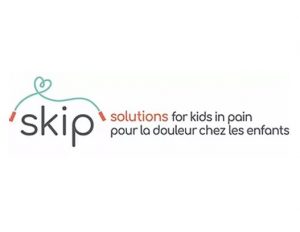
On March 3, 2021 from 7-8 pm (EST), SPPM along with SKIP and The Canadian Pain Society will be hosting a twitter chat to discuss The Lancet Child and Adolescent Health Commission on Pediatric Pain. A fantastic review of the paper was published by Dr. Amber Borucki for our society, can be reviewed HERE.
Please use hashtags #CPSTweetChat and #PedsPain when tweeting.



 SPPM 13th Annual Meeting
SPPM 13th Annual Meeting